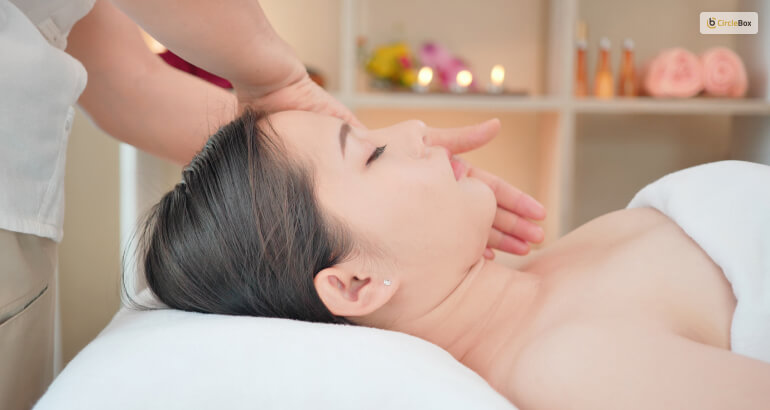Asian Massage is a style of massage that, as the name implies, adheres to the fundamentals of traditional Asian culture. This often entails physical therapy with very clear objectives.
Because of this, these massages come in a wide variety with varying physical effects, all of which attempt to refresh you and facilitate some level of physical and psychological relaxation.
If you want an in-depth guide in such a massage, then continue reading this post.
What Is An Asian Massage?
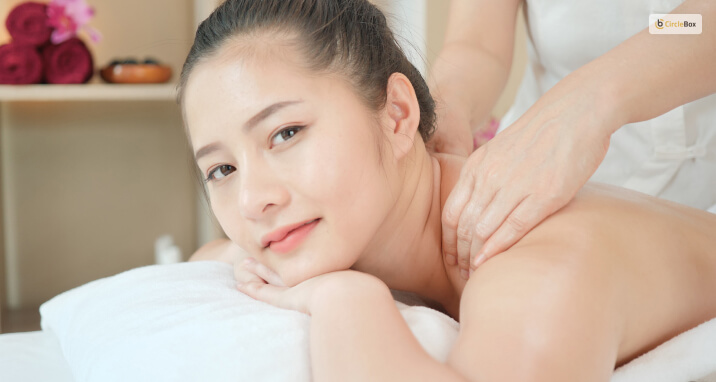
The foundation of Asian massage methods is the idea that the majority of ailments and diseases we experience are caused by obstructed or unbalanced energy in the body. According to certain theories, this energy travels through particular meridians, or channels, that are linked to our physiological systems. Through a harmonic release of tension and free-flowing energy, Asian massage seeks to calm, soothe, and cure the body.
It’s crucial to realize that there are several kinds of Asian massage. Instead, it serves as an all-encompassing phrase for the many massage disciplines that have their roots in China, Japan, and other Asian nations. A variety of massage techniques are employed in therapeutic massage settings today. Now is the ideal time to learn more about them as we anticipate the season of spring and regeneration.
Types Of Asian Massage

The majority of these massages use methods that make use of the chi, or energy flow, in the body. In essence, the objective is to restore equilibrium to one’s inner components or chakras in order to reset the body.
On the other hand, Western massage techniques, in comparison, tend to be more geared toward relaxation. The ability to execute these massages when a person is completely dressed is another distinction between them and their Western counterparts, who must perform the treatments on bare skin.
The various types of Asian massage are:
1. Acupressure Massage
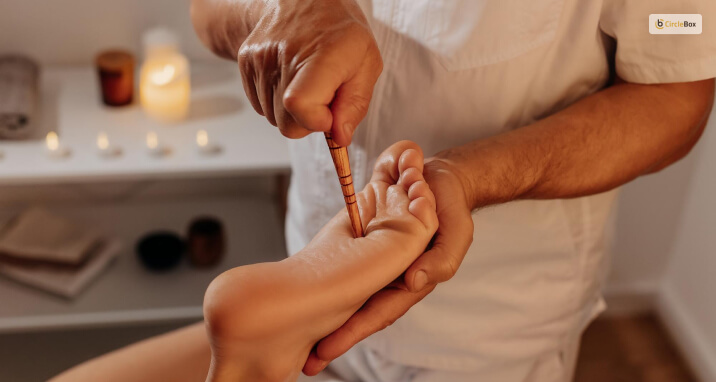
This form of massage was created by Chinese monks thousands of years ago. Here, focused pressure is applied to specific body areas. By particularly focusing on these particular regions, tensions that ordinarily build up there are released, providing the sufferer with a great deal of relaxation.
Acupressure massage and acupuncture both target the same pressure points and operate on the same principles. But they don’t “puncture” these places with needles. They use pressure instead, which is how the massage acquired its name.
2. Ayurvedic Massage
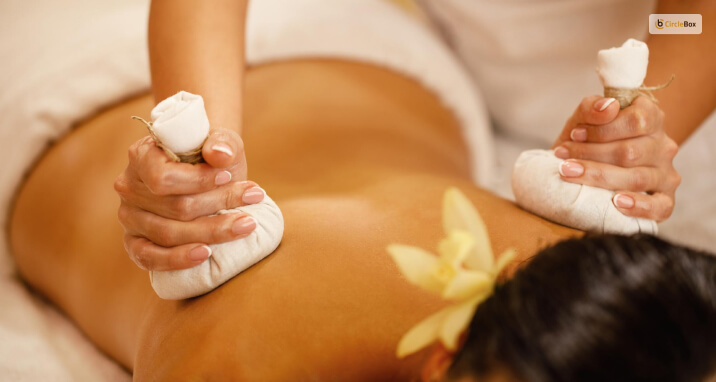
India is where Ayurveda Massage first emerged. It is a method that concentrates on the chakras and meridian points on the body, which are comparable to the acupoints in Chinese medicine. The body is said to be stuffed with innumerable marmas. However, the massage will concentrate on 107 important massage points that are all situated at the intersections of the joints, bones, arteries, tendons, flesh, and veins. The majority of physical aches also originate here.
Oils are also used during this Asian massage to facilitate treatments designed to clear and unblock energy pathways that could get clogged over time. Additionally, the method stimulates all of the senses, which aids in the healing process.
2. Tui Na Massage

An Asian massage like Tui Na helps to balance the body’s unbalanced patterns. Tui Na uses particular energy spots on the body to balance the yin and yang of the body, much like acupuncture but without the use of needles.
A pinching and tugging action is used during the Tui Na procedure. Instead of using acupuncture needles, practitioners stimulate energy points with their fingertips. Tui Na massage is regarded as a whole-body therapy since it balances and restores the complete body rather than concentrating on a single area.
This does not imply that Tui Na is ineffective for some conditions and injuries. Patients will discover that Tui Na relieves their symptoms of sciatica, IBS, PMS, respiratory diseases, headaches, and musculoskeletal ailments.
Tui Na is one of the gentlest types of Asian massage, suited for persons with more fragile systems and even toddlers in some situations, despite the “pinching and pulling” description being unpleasant.
3. Amma
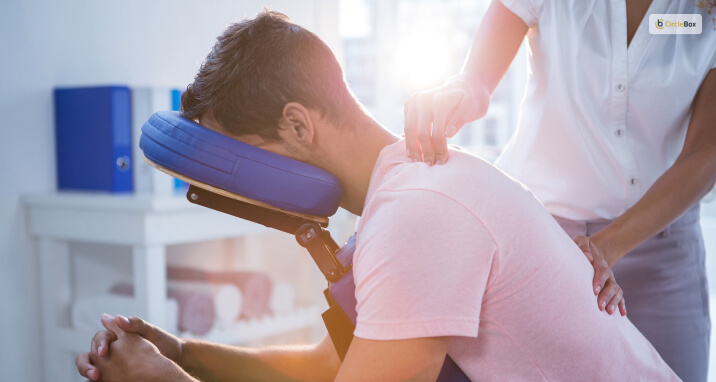
This form of therapy is based on conventional Japanese massage methods that were popularized through Gan Jon Osho. He was a Buddhist monk who previously called this massage anmo.
In the 1600s, Waichi Sugiyama built schools for blind people. Then, furthering its development was Sugiyama, who was blind himself. He taught blind people the amma techniques, which spread widely throughout the last century.
4. Glass Cupping Therapy
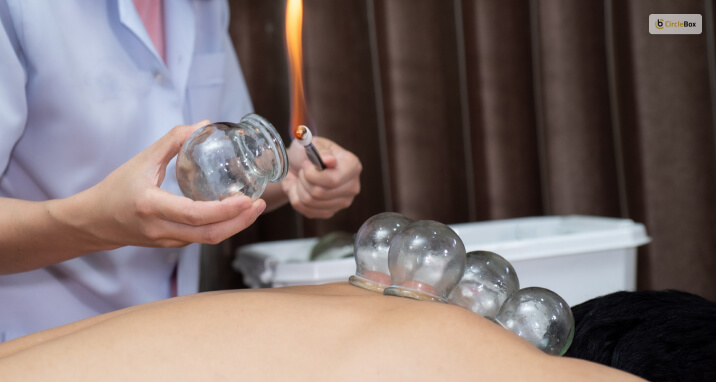
An ancient kind of treatment known as glass cupping was used in Middle Eastern, Egyptian, and Chinese cultures. Glass cupping is therapeutic for the release of pain and inflammation, as well as boosting circulation and bringing about a sensation of relaxation and health. It is another form of therapy that focuses on particular spots of the body.
A skilled professional applies specially designed warmed cups to the skin during glass cupping treatment. A natural suction mechanism occurs when the cups cool, raising the skin and widening the blood vessels. The procedure is easygoing and soothing.
5. Chi Nei Tsang
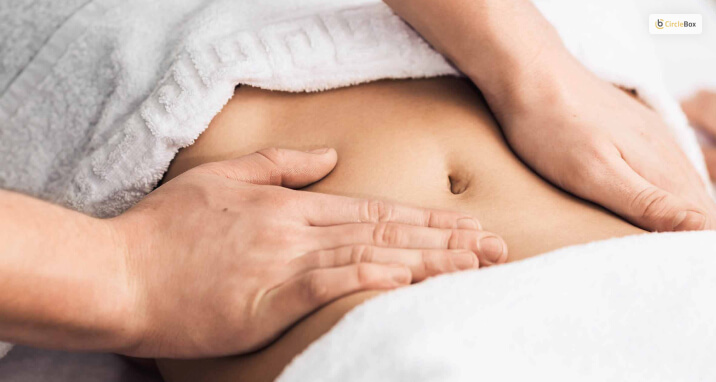
This Chinese cleansing massage is marketed as a cure for the emotional issues linked to various illnesses. In order to promote healing and recovery, it particularly targets the body’s organs that have been harmed by any sickness.
Using ancient Taoist practices, Chi Nei Tsang provides healing on a physical, mental, and emotional level by softly yet profoundly massaging the organs. “Chi Nei Tsang” means to operate the interior organs when translated. Before receiving palm-based massage strokes, the abdominal area is often oiled up to make it feel warm. Since the organs are being targeted, the user will occasionally experience some discomfort but will then feel relaxed.
6. Jhin Shin Jyutsu
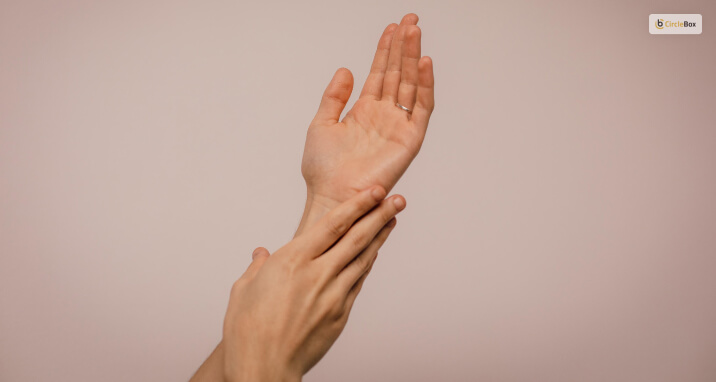
Jin Shin Jyutsu is an exceedingly straightforward acupressure massage variation. This is due to the fact that it employs acupressure but only concentrates on 26 points, fewer in comparison to the 300 points used by acupressurists.
Safety Energy Locks, or SELs, are a group of 26 sites that are situated along the body’s energy routes. A Jin Shin Jyutsu therapist will grasp onto several of such SELs and slowly massage them while holding on to them with his hands. This allows the client can feel the flow of chi energy, which is both soothing and restorative.
7. Shiatsu
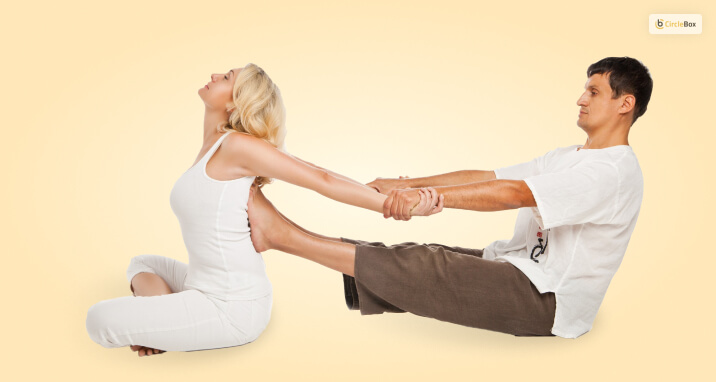
In Japanese, this name literally translates to “finger pressure.” However, this massage really employs a wide range of methods to soothe, press, knead, tap, and even stretch the body and mind.
Shiatsu, while an Asian massage in and of itself, further divides into other sub-styles, each of which has some connection to one of the three styles that had its origins in Japan in the early 1900s.
In fact, this massage is well-known in the west. Contrary to other styles of therapy. This type of massage uses no oils and can be performed with the patient completely dressed.
8. Thai Massage

Thai massage is a full-body massage that incorporates yoga positions, acupressure, and Indian Ayurvedic concepts. The client can be completely dressed while being administered, and it often doesn’t utilize oil. The client is positioned such that the massage practitioner can follow marked lines along the body.
Here, the client should anticipate being placed in various positions over his fingers, his body’s extremities being tugged, and some joints being cracked. The customer would undoubtedly experience relief after the massage, which can last up to three hours, like yoga.
FAQs(Frequently Asked Questions)?
Many stressed-out and tired people have asked several questions regarding Asian massage. The answer to these questions are:
Ans – To locate an Asian massage parlor near you, you can:
• Search for parlors on Google search or Google Maps.
• Ask your friends and relatives.
Ans – Asian massage parlors have a bad reputation in western countries because of their past history of being used as a font for prostitution. However, times have changed, and they now fully established massage parlors.
Ans – In a recent survey in the US, it was found that 60% of the therapists in Asian massage parlors are actually Asian. The rest are a mixed bag of people from different races and cultures.
A Good Asian Massage For A Happy Ending
So what is Asian massage?
These are massage techniques created by old Asian traditions. But despite how dissimilar they may be, they all strive to support folks who are experiencing health and wellness.
If you haven’t already, you ought to test them all out to determine which one best satisfies your requirements and tastes. Of course, if you have any questions regarding the therapy you’re interested in receiving so that you may get the most out of the experience, don’t be afraid to approach your therapist.
READ MORE:

